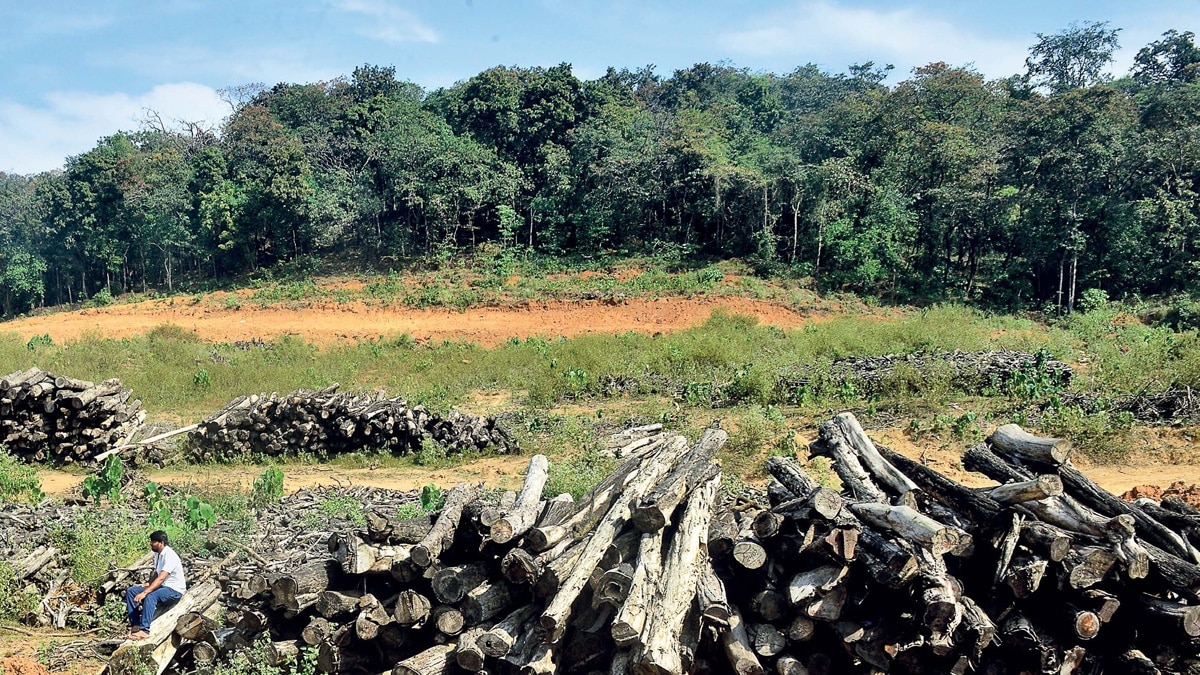They constitute a larger framework of omission: national visits celebrate heritage, but overlook the very communities that sustain it

When a Vice-President of the Republic visits a constituent state of the Indian Union, the visit assumes ceremonial, constitutional, and symbolic significance. However, such an occurrence also provides a prism through which the balance between national representation and regional respect may be assessed.
A vice-presidential visit carries constitutional gravitas. Yet, such visits are not only symbolic of the unity of the Indian Republic but also tests of the Union’s sensitivity to regional identities. When Goa receives a dignitary of this stature, the event prompts a deeper question: is the visit aimed at reinforcing national ideals or acknowledging local peculiarities?
Goa’s cultural and institutional heritage is profoundly layered. With a colonial administrative past unlike any other Indian state, including an enduring civil code and community land institutions such as the Comunidades, the Goan polity functions on a spectrum that cannot be fully appreciated through national civilisational analogies. The commissioning of statues of ancient Indian physicians, while not inherently objectionable, risks being interpreted as performative if there is no concurrent effort to engage with or reflect upon Goa’s own medical, legal, and environmental concerns.
Goa, for instance, hosts its own indigenous healing systems, including the age-old knowledge of gharanthi healers and local medicinal flora passed down through oral traditions. It also faces present-day public health challenges, such as the uneven performance of its state-run district hospitals and the mounting stress on its coastal ecology, which directly impacts the livelihoods of communities.
A Vice-Presidential visit that bypasses these realities, and instead mirrors a national script, may be viewed as constitutional presence devoid of local resonance. It must also be recalled that in a constitutional democracy, ceremonial visits are not merely vehicles of nationalism but opportunities for cultural empathy. The Vice-President of India does not merely embody central authority; he also represents federal balance. This includes recognising the regional uniqueness of every state and addressing not only the glories of the past but the grievances of the present.
The Indian Supreme Court, in S.R. Bommai v. Union of India [(1994) 3 SCC 1], highlighted federalism as a basic feature of the Constitution. The symbolic gestures of central office-bearers, therefore, must not marginalise the regional ethos under the weight of cultural homogeneity. Instead, such visits ought to reflect a spirit of dialogic nationalism, one that builds bridges between Bharat and its many states rather than projecting the centre onto the periphery.
A republic such as India thrives not by flattening diversity into unity but by celebrating unity through diversity. The Vice-President’s office, which sits at the convergence of legislative authority and executive detachment, is uniquely positioned to model this ideal. In Goa’s case, this would have entailed references to its Lusophone heritage, constitutional peculiarities under Article 371-I, or even civil society concerns relating to recent infrastructure developments.
It has also been increasingly observed that official visits by constitutional dignitaries to Goa are enveloped in a political theatre of exaggerated reverence, choreographed less by protocol and more by party loyalty. The State’s political executive, rather than asserting the federal dignity of the Goan government, appears content with functioning as an extension of the central ruling dispensation.
Such conduct risks reducing the Chief Minister's office to an instrument of appeasement, wherein the ceremonial functions of visiting national figures are strategically aligned to reinforce the ideological narratives of the party in power, rather than reflect the constitutional identity and regional autonomy of Goa.
Ground realities in Goa:
What deserved attention
Coastal degradation
The unchecked expansion of infrastructure projects, including port development, double-tracking of railways, and highway construction, has placed Goa’s coastal ecology under extreme stress. These initiatives, often sanctioned through central clearances, have met with widespread local resistance over environmental, heritage, and livelihood concerns. Yet, no public engagement or reflection upon such grievances appears to be part of the vice-president’s itinerary.
Tourism and
cultural erosion
The promotion of Goa as a year-round tourist destination has led to the over-commercialisation of coastal belts, land speculation, and unsustainable resource extraction. What remains unacknowledged during high-level visits is how the commodification of Goan culture under national tourism strategies has steadily displaced authentic local practices.
Comunidades and
land displacement
Goa’s distinctive land tenure system the Comunidade is undergoing a quiet dismantling through State-facilitated legal and administrative mechanisms. These community lands, protected for centuries under Portuguese-era law, are increasingly vulnerable to acquisition, fragmentation, and commercial conversion. A vice-presidential visit that fails to mention the erosion of such unique legal institutions may be seen as complicit in the silencing of regional legal identity.
Public healthcare
deficiencies
The South Goa District Hospital and other public health institutions continue to function with critical shortfalls in staff, equipment, and emergency responsiveness. Despite considerable government expenditure, the standard of care available to citizens remains subpar, especially when judged against the promises of development showcased during national events. Symbolic dedications of infrastructure, in this context, offer cold comfort to patients left waiting in neglected corridors.
Linguistic
marginalisation
Konkani, Goa’s official language and a core pillar of its cultural selfhood, finds little resonance in the narratives presented during high-level visits. The growing emphasis on Hindi and Sanskrit under centrally-sponsored cultural schemes marginalises regional languages like Konkani, which already suffer from lack of adequate support in education and administration. When national functionaries extol India’s ancient wisdom without acknowledging regional linguistic diversity, the message received is one of cultural exclusion.
These are not isolated grievances. They constitute a larger framework of omission: national visits celebrate heritage, but overlook the very communities that sustain it. If constitutional figures are to retain credibility among diverse regional populations, their visits must go beyond ceremonial optics to acknowledge the multi-layered concerns of the federating units they represent.